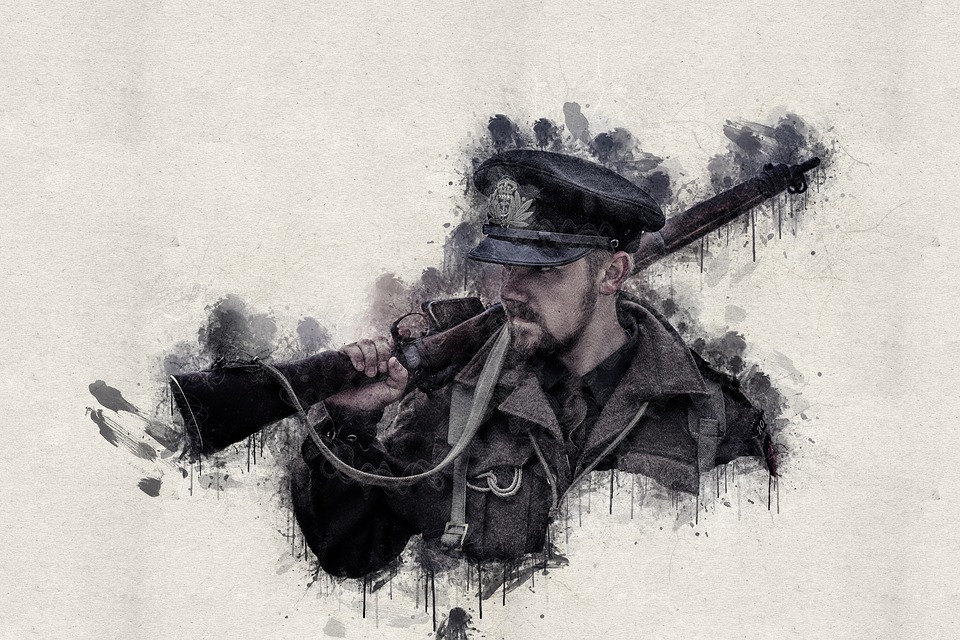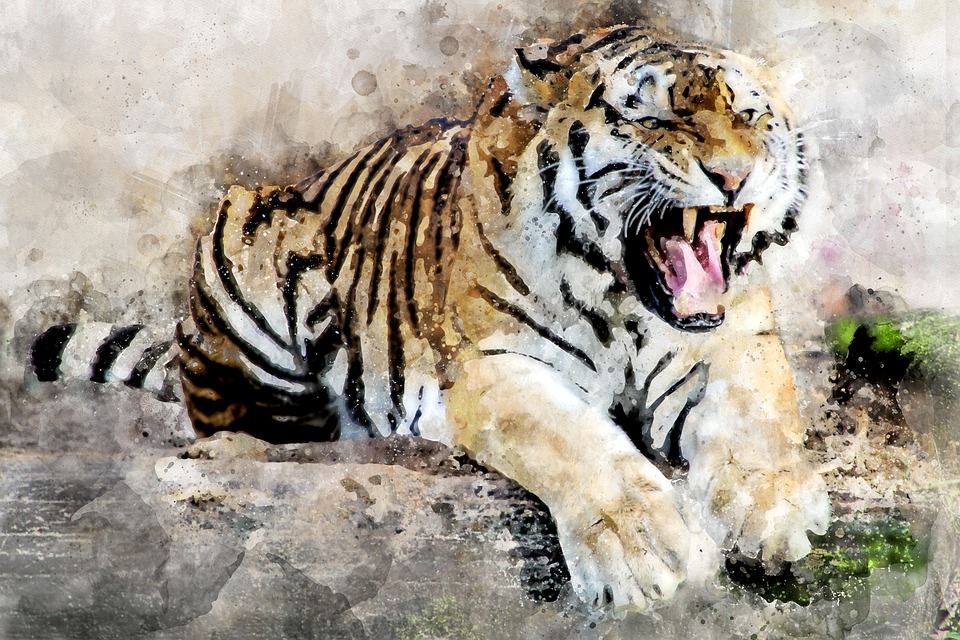Celebrated each year per the traditional Chinese calendar, the Chinese New Year is a festival that is celebrated with great pomp and grandeur. To mark this occasion, many traditional Chinese decorations are put up, including paintings.
This second article in our ongoing series will provide you with some more unique Chinese New Year paintings.
The Powerful Commune Turns the Barren Hills Into Orchards – Guan Hezhang
This 1961 painting consists of a large basket full of fruits which implies that collectivisation brought substantial results. Moreover, the work also portrays a Mongolian girl working together with a Han girl to carry the basket of fruits, symbolising the people’s incredible solidarity from all ethnic groups in China.
Praising Our Brigade Leader – Liu Jingrui

Have you ever heard of the People’s Liberation Army? It refers to a unified organisation of China’s military forces. And this painting lauds the People’s Liberation Army by showing a demobilised soldier who has returned to his village and become the head of the production brigade, leading the commune members to transform their hometown. The painting also shows that he is receiving warm praise form the entire village.
Returning Home With Honor – Jin GAO
This painting shows the scene at Nadam Pageant, a traditional Mongolian fair during the summer months. A young man who has just won a wrestling competition is returning with a trophy and receiving the warm greetings and congratulations of his people. Overall, this work of art was created to express the flourishing development of ethnic minority sporting activities in the new China.
Looking Ahead – 1965
This work of art shows Chairman Mao together with a group of children from a mountainous area. Up on the hillside, Chairman Mao lets the children look into the distance using the hand-held binoculars, expressing his love towards children and their hopes for the future. Chairman Mao is the prominent figure in the painting while the children are depicted as lively and charming. This work is full of vivid detail and artistic charm. The characters and the background are in perfect harmony, giving an impression of an affectionate relationship between the leader and his people.
Cranes and Pines – Wen Hufan
This work was accomplished by using unique traditional Chinese painting techniques while still keeping characteristics of traditional Chinese New Year paintings. In the Chinese culture, pines, mountains and cranes all symbolise long life. The red sun and flowing water are also a perfect artistic expression of longevity and prosperity.
Tiger – Tian Yuan

Did you know that the tiger is a very popular animal-related subject that Chinese love to see in New Year Paintings? According to Chinese customs, the tiger is considered a suppressor of evil. Moreover, the painting of a tiger also represents a brave, strong, vibrant and inspired humanity marching forward despite all setbacks. This work depicts the roar of the majestic beast as well as the revival of China.
The Cheerful Grasslands – Guan Baowei
The work by Guan Baowei shows the Mongolian nation harvest festival known as Nadam, or literally, the Games. The people are happy with their new purchases and are proudly on their way back. Overall, you can say that this painting depicts the prosperous new life of ethnic minorities.
Five Sons Passing the Imperial Examination – Wang Lixin
The five sons passing the imperial examination is based on the story of a father of five during the Five Dynasties who attached such a great importance to education that all his children passed the imperial examinations and became high officials. This story is recorded in the Three-Character Classic, a 13th-century Chinese classic texts consisting of Confucian tenets in three-character lines.
The five children in the painting represent the workers, peasants, soldiers, intellectuals and businesspeople, all of whom are bound to contribute to the process of nation-building. It is a painting full of traditional images such as the rooster, fish, dragon, elephant and deer, all symbolising auspicious omens and abundance.
What do you think about these paintings? Inspirational? Please share your comments!